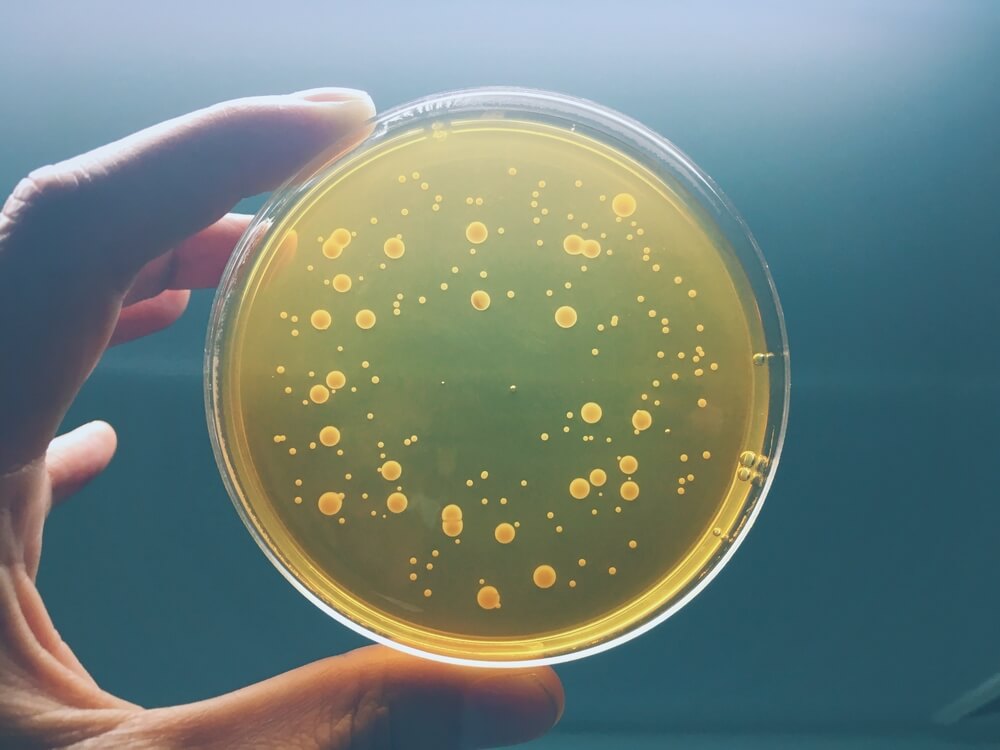

ASTM G21; MIL-STD 810; IPC-SM-840; IPC-TM-650

Many products that operate in hot, humid environments must be tested to withstand fungal attacks, as this problem can cause numerous operational difficulties. To varying degrees, live mushrooms will use wood, paper, leather, hydrocarbons, PVC, polyurethanes, some plastics and paints with other materials as fuel for growth.
The Mushroom Resistance test is used to determine the resistance of key materials to fungi and to determine whether these materials are adversely affected by fungi under conditions suitable for their development; that is, the presence of high humidity, warm atmosphere and inorganic salts.
Mushroom Attack Types
Fungi can disrupt systems and cause damage in several ways, including:
Mushroom Test
It is used to determine the effect of fungi on the properties of synthetic polymeric materials in the form of molded and manufactured articles, tubes, rods, sheets and film materials. The test can reveal whether the analyzed sample provides enough nutrients for mushroom growth. It can also show the effects of the cork on the test sample, such as changes in appearance or mechanical and electrical properties, for long test times.
NTS engineers use the samples very carefully for the test of fungi, especially for cleaning or decontamination, since the cleaning of the samples is important before testing. Contamination can have a negative impact on test results because it can easily provide nutrients for growth for mushrooms.
Good practices to minimize contamination include not removing the test samples from the packaging until it is time to vaccinate. If handling is required, the glove should be worn when using test samples. Samples should be cleaned if misused or contamination is suspected prior to testing. Tests cannot be performed on samples until 72 hours have passed.
The spores are grown for about 2-3 weeks, then vaccination of the sports suspension (combined spores selected for the test) and placed in a test chamber for 28 days (or as specified). Mushroom results are often determined and recorded as a degree of growth:
If the sample appears to be absent in 50x upward growth magnifications, it should be used to verify that there is no growth. Above the samples, there may be fungal spores that cannot be easily seen because of the size of the spores, localized growth areas or because the spores color is similar to that of the test sample.
To get an appointment, to get more detailed information or to request an evaluation, you can ask us to fill in our form and reach you.